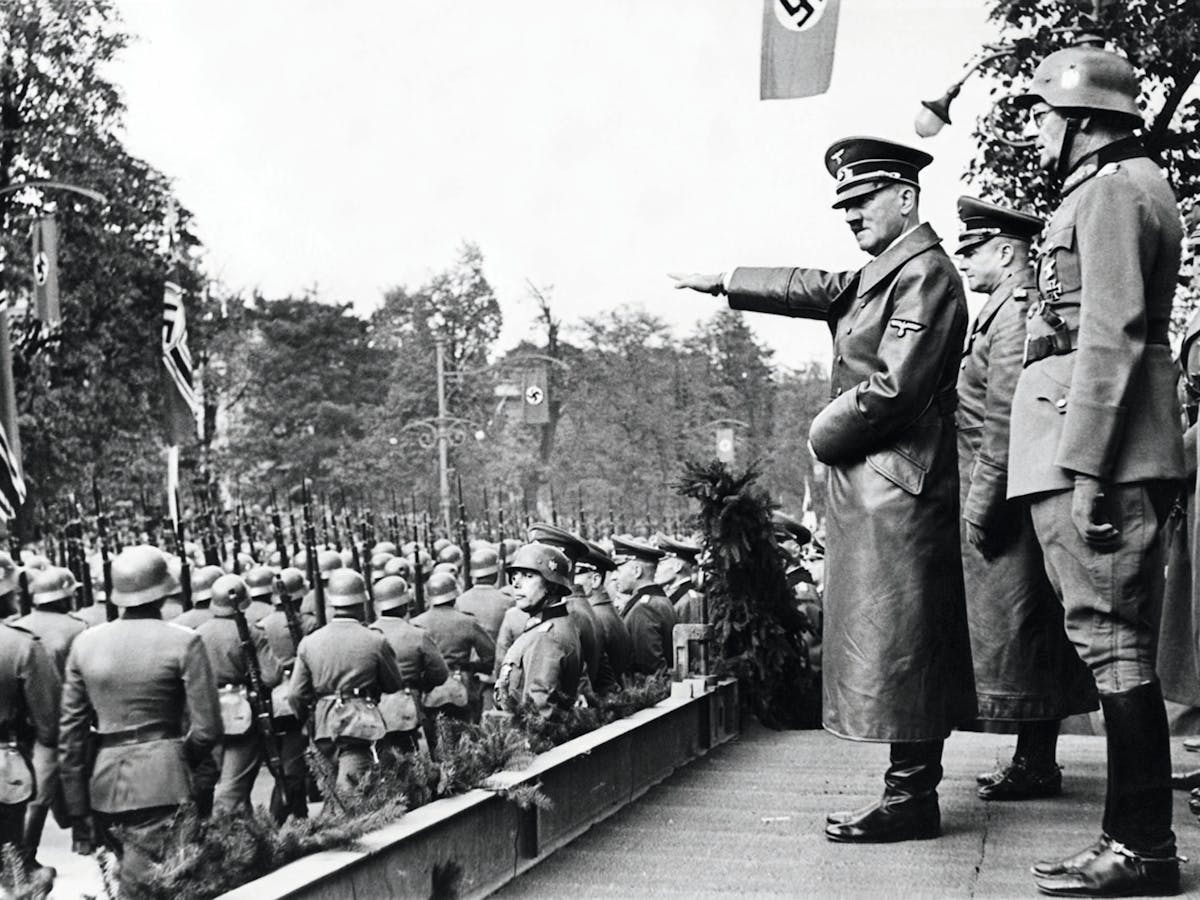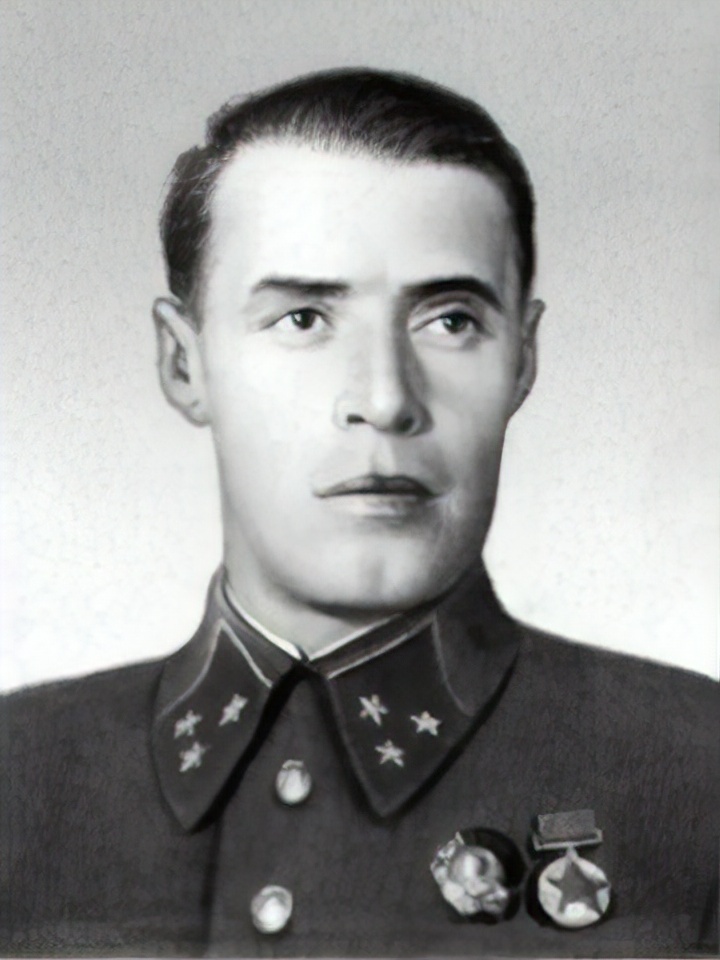(CONTINUATION)
The Friction.
Between plans for attaining objectives, and their actual accomplishment, is the arena of execution, which is affected by errors, poor interpretation and omission.
In effect, with voluntary action (different from chaos) exist the likelihood of avoidable and inevitable errors, the fundamental actions and actions of secondary importance, foreseeable facts and hypotheses and not to mention unexpected or imponderable actions that carry with them opportunities for both contenders.
Friction works to remove plans from their complete execution and objectives, no matter how correctly and well-conceived they may be or how well-equipped the force with means, assistance and distribution. Friction derives from the natural, hyperfunctional complexity of military phenomena and can be expressed as the «inevitable” additional price that we must be paid to achieve certain objectives in an operation. When the «price» is higher – when there is a «supertax» – the problem is conceptually and qualitatively different: the «failure», the “mistake” appears in plans, their execution, the means used to pursue them, etc.
The Mistakes or Failures.
Failures or errors result from attitudes, procedures and basic ways of acting that are erroneous, inconvenient, weak, imperfect or mistaken. The existential imprint is what ensures their survival. Failures can occur at strategic, operational or tactical levels of military; they can cause “wears” more effectively than friction and can cause the annihilation of both rival forces and the complete failure of their objectives. Linking failures with friction, and not considering their unique effects, is always a mistake.
The main causes of errors and failures are:
1) Poor planning or conceptualization of objectives, as well as the operations and means to use to achieve them.
2) Poor knowledge of the enemy; his plans, intentions and the various means on which he uses.
3) Lack of consideration of the “transitability” (more than ongoing) of the operational grounds during times and levels of actions.
4) Poor implementation plans at any level.
5) Poor conditions for logistics and communications at any level, as a function of the implementing operations and their decreasing yields.
6) Implementing superfluous or mistaken operations.
The greatest failures must to be avoided or eliminated at all costs before or during the course of the plan, since, by their nature, they put at risk the achievement of objectives at all levels.
The greater failures are more probable in the tactical than in the strategic level but, on the other hand, they are of lesser importance to global plans. One example is fighting a battle without adequate intelligence. It is also «easier» to know if a strategic error is likely to occur (it is another thing if the error could be avoided), as fewer «elements» are a factor, although their importance is greater in action. For example, French military doctrine was mistaken when, in May 1940 they confronted Germany and lost the campaign, the French and their allies having enjoyed their greater (at least land-based) military means over the Germans.
This means that, at the tactical level, failures or errors must wait for, they are generally of less relative importance on a global level, and where and how they will occur is not known in advance. However, at the strategic level failures or errors are more decisive. Yet it is easier (at least for an alert minority at low levels of Command) to know what types of failures may occur, where they will occur and by whom will they be caused.
The Compensations and Corrections of the failures and mistakes.
To stop failures or errors before they occur is, at least theoretically, possible if a method and doctrine – that is, a basically correct style of behavior and command – is followed at all the military functional levels. This, combined with a sound strategy, can prevent failures or errors. Indeed it is this that all good commanders in chief must attentively and jealously execute, but doing so is very difficult, given that it requires concurrence, cooperation and obedience by so many levels, units and individuals in the military.
It is therefore necessary to also prepare for the probability of serious failures and errors by having means and procedures for neutralizing and compensating for them. These means and procedures should center on what steps would effectively compensate for serious failures and errors.
Those made at the tactical and operational levels are economically compensated by actions taken in the operational and strategic echelons, which are qualitatively superior. Among others the most important ways of compensating for errors are: Enveloping and turning fronts operations in the same or contiguous sectors of advance. Opening other fronts, consistent with the overall strategic-operational direction. Using convergent sectors of advance for the same objective. Redoubling efforts by deploying echelons in depth. Pursuing alternative objectives within a larger line of attack, with the primary objective being enemy rather than geography. Using greater reserves, which must be continuously refreshed and reformed at all levels, etc.
More serious errors at strategic level are much more difficult to compensate for, given the importance of this level for operations and combat. Also, it is not wise to assume that militarymeans, for their specialized and scanty natures, will necessarily be too much at this level.
For these reasons, the best way to counter serious failures is to prevent them when at all possible. The carelessness is equivalent here to look for the defeat and to give the enemy the decision in the conflict. But, is it easy to modify, before a defeat, military doctrine? Is it possible before to replace a military cupola? Is it possible to establish a promotion mechanism, that reasonably preserves the integrity of the combined-arms groups, that also takes advantage of the tactical benefits of implicit communications between units that stems from common experience? Is it possible, after a victory, to revise the military doctrine that lay behind that success?
We will consider now errors that do not stem from attitudes or behavior negligent or foolish, to be in the same category as friction, that is, “minor«. How can friction and minor failures be compensated for?
This can occur by using greater “means” (forces, ability, plans and operations ramification, etc.) than the theoretically necessary, given the calculated “correlation of forces” needed for a particular tactical effort. This can mean: reiterating the effort; building up reserves or using of units of greater quality and training; using diverse sectors or axes of advance, seeking for alternative and/or simultaneous objectives within the overall direction of advance, etc.
Failuresorerrors can be attenuated and diminished, but only exceptionally are they nullified.
Actually both phenomena of disorder are superimposed, stemming as they do from plans that are more or less deficient and the natural friction that arises from executing plans that are really exceptionally complicated. Both generate “practical frustration” in their implementation, that should be taken into account.







:quality(70)/cloudfront-us-east-1.images.arcpublishing.com/elfinanciero/U62LWMTIUJHSJOYD3VUVPI63EA.jpg)



